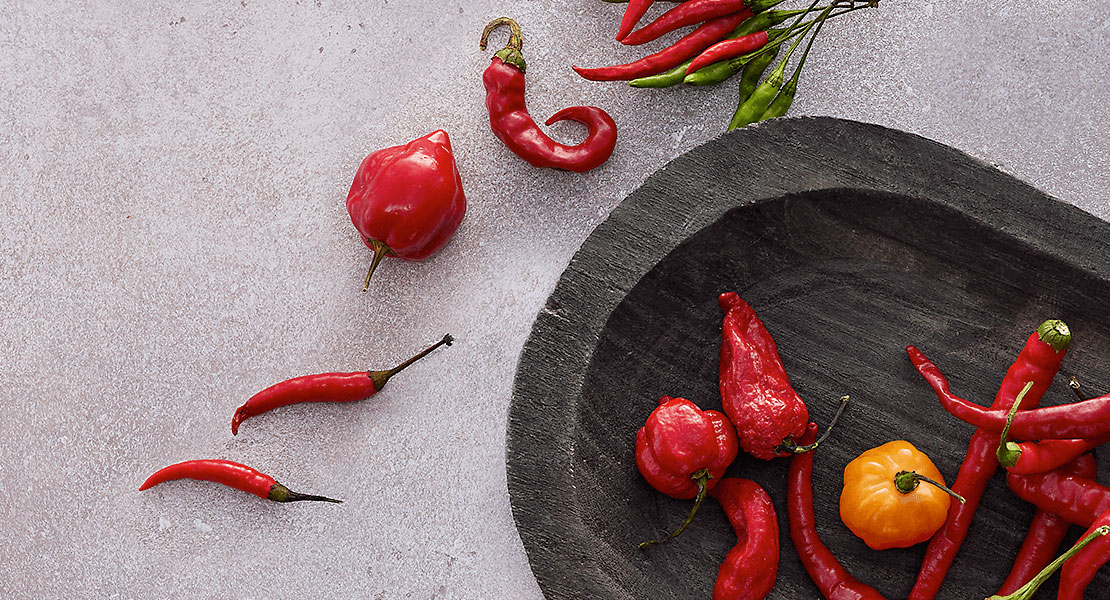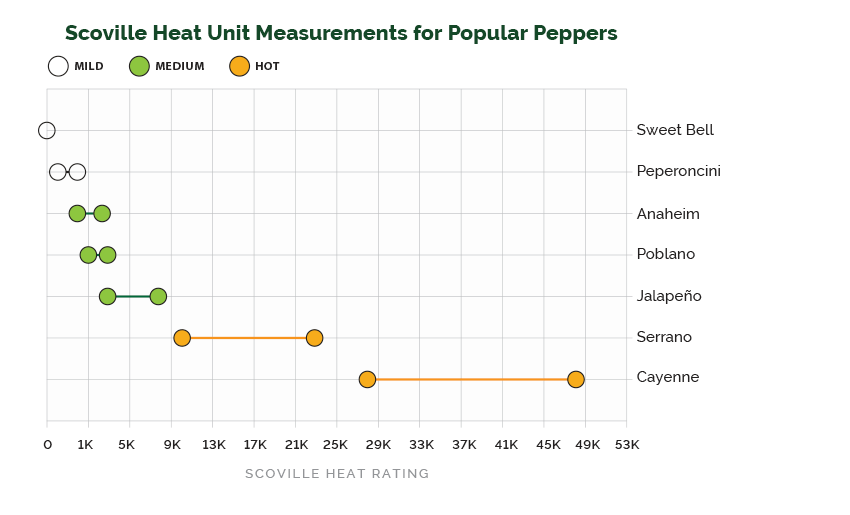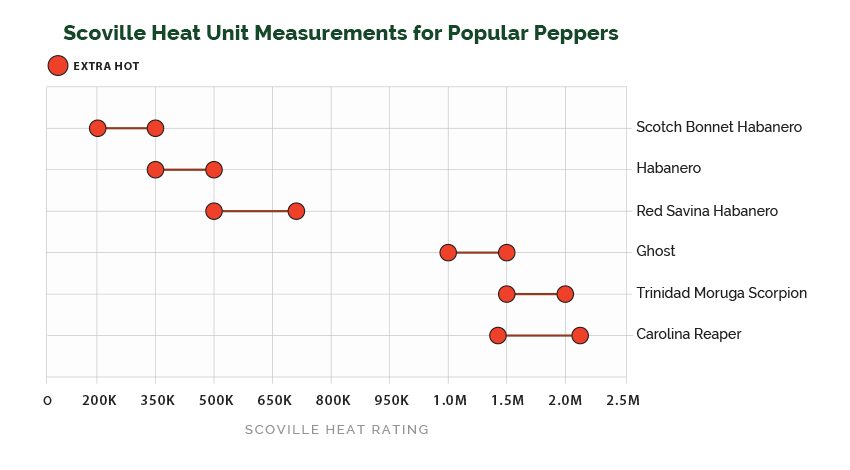
We’ve all heard the expression “beauty is in the eye of the beholder.” When it comes to hot peppers, it rings especially true.
Peppers tend to be polarizing, with people either loving or hating them—no middle ground to be found.
One of the elements that gets people either pumped or turned away is the level of heat a pepper delivers. But just how are those heat levels determined?
Enter Wilbur Scoville, a pharmacist who used serial dilutions and sensory evaluation in the early 1900s to determine the heat units of particular peppers. His Scoville Heat Unit Scale, to this day, remains the rating system for pepper pungency—but a few improvements have been made.
The original sensory evaluations depended on human tasters. As you can imagine, testing peppers is not only incredibly fatiguing, it is also desensitizing, resulting in less than accurate outcomes. Now, more sophisticated techniques, like high performance liquid chromatography (HPLC) allow for more consistent and timely measurements.
The scale ranges from zero to 2.2 million heat units—so whether you seek the heat, or mild is wild enough, there really is something for everyone in the world of peppers.


While Carolina Reaper currently holds the honor of being the hottest pepper measured to date, the sky is the limit when it comes to Scoville units.
Explore Our Culinary Peppers
Deliver on your consumers' desire for hot & spicy flavors & experiences with our unrivaled portfolio of natural pepper solutions.
Learn More